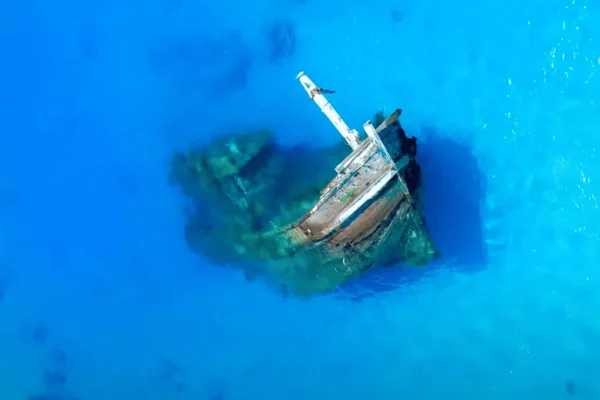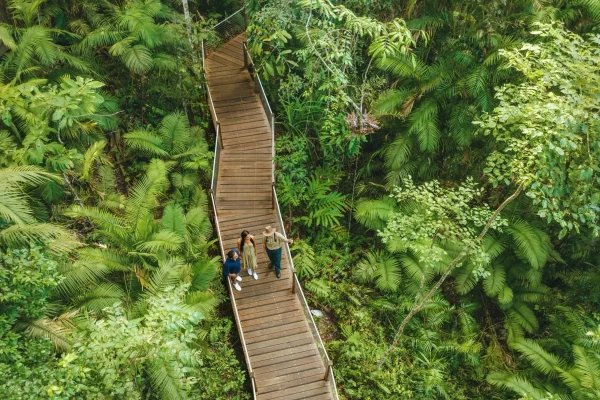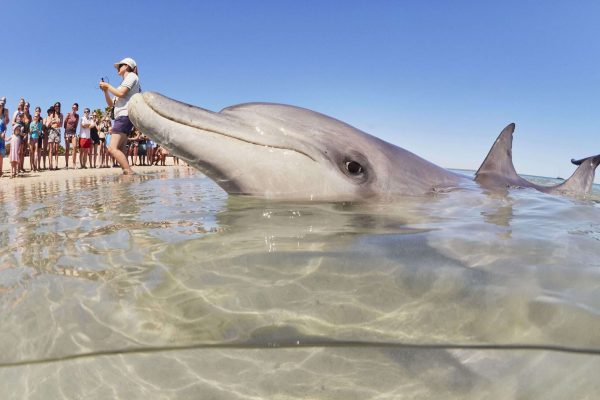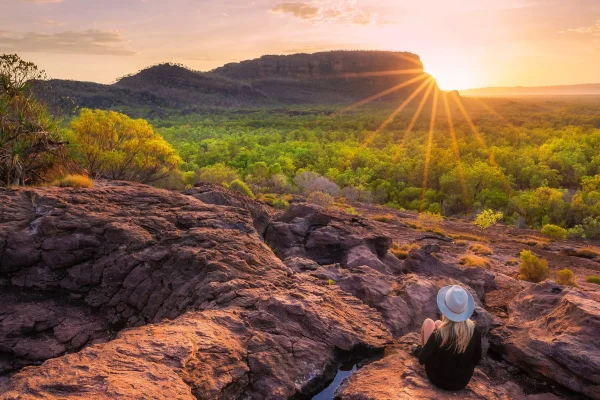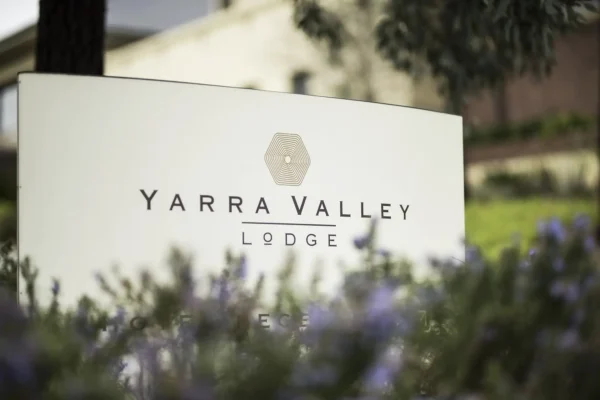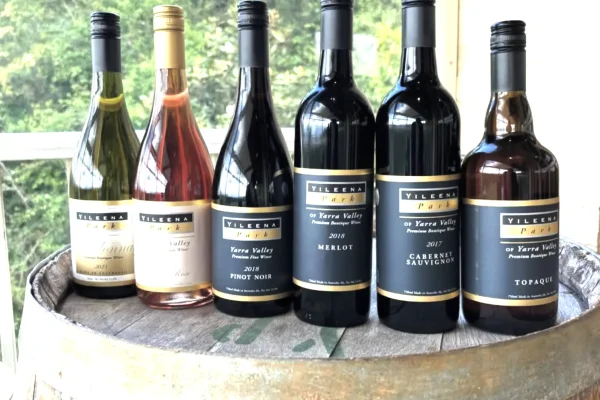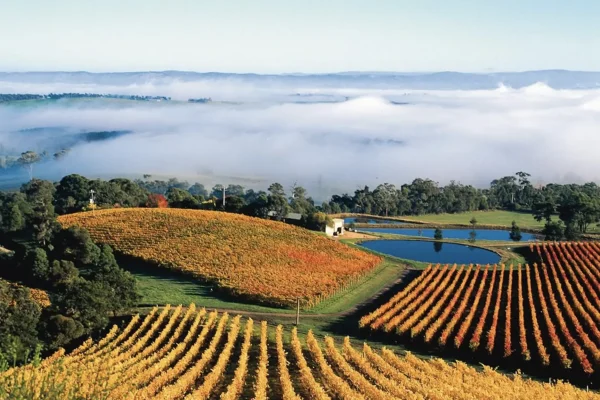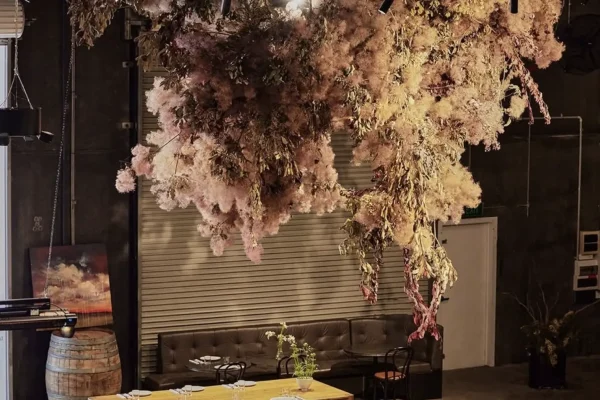Off the coast of Apollo Bay Marengo Reefs Marine Sanctuary is a beautiful spot on the Great Ocean Road. This sanctuary covers hectares of ocean and is famous for its different habitats from intertidal reefs to deeper waters with sponge gardens and seaweed gardens. Perfect for the underwater adventurer the sanctuary is home to marine life, coral gardens and unique underwater landscapes.
Discovering Marine Sanctuary
Marengo Reefs Marine Sanctuary has a variety of habitats, from intertidal reefs and kelp forests to soft corals and subtidal reefs in deeper waters. Located off Marengo Beach near Hayley Point, the sanctuary is a beautiful coastal area that attracts locals and international visitors. The narrow channel is where you can often see Australian fur seals swimming and playing. Being close to Apollo Bay makes it easy to get to and experience the reef ecosystem in conditions that are safe and fun to explore.
Marengo Reefs Marine Sanctuary has so many species to see into Australia’s underwater world. From the reef plants to the coral gardens that house many fish species, Marengo Reefs shows the relationships within a protected marine ecosystem. And importantly, there is no collecting of reef plants, so the balance of the marine habitats remains undisturbed and healthy for years to come.
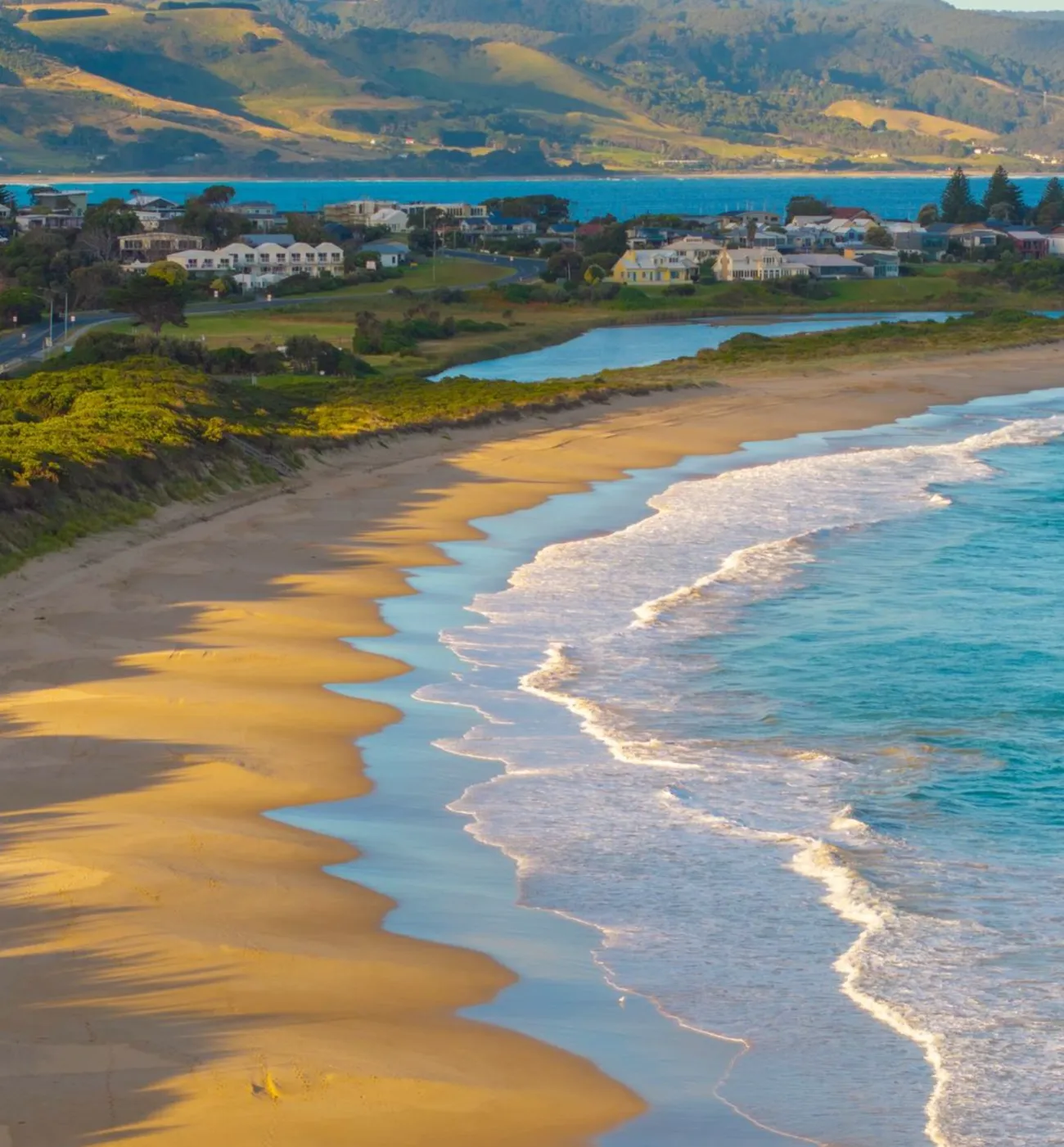
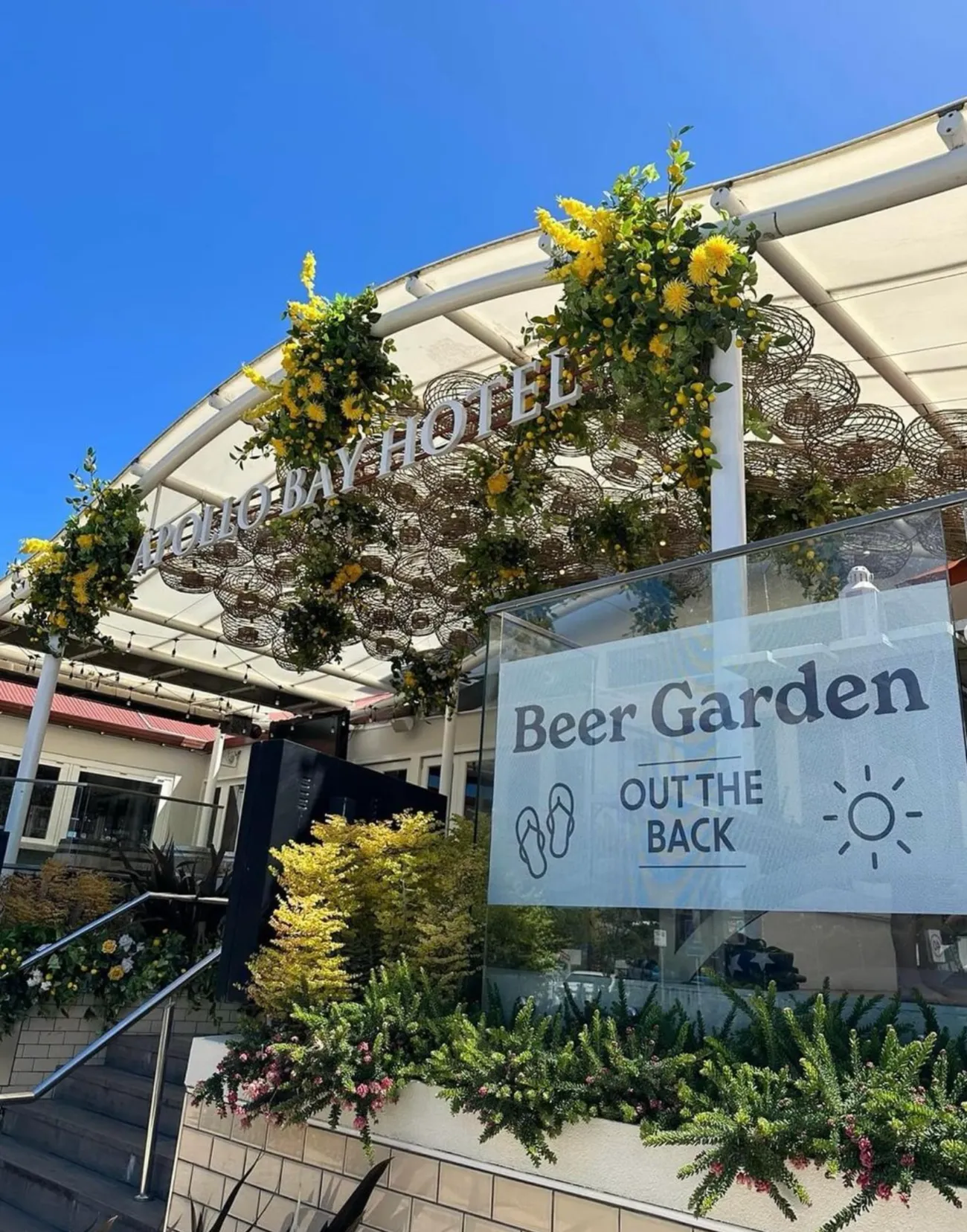
Getting to Reefs Marine Sanctuary
Just off Apollo Bay, the sanctuary is only a short drive from the town centre. You can take a day trip from Melbourne or stay a few days at Apollo Bay at the Apollo Bay Motel or Apollo Blue Oceanview. Marengo Beach, which has views of the sanctuary, is a great spot to start at Hayley Point, where the ocean is calm and perfect for snorkelling and seal-watching.
Best Time to Visit
Marengo Reefs Marine Sanctuary welcomes visitors year-round, but the prime time to experience The Great Ocean Road tour and its marine wonders is from November to April. During these warmer months, the waters are calmer, visibility is exceptional, and conditions are ideal for snorkelling and diving. Spring and summer bring the sanctuary to life, with vibrant marine species at their most active. Whether you’re keen to explore rock pools, dive into snorkelling adventures, or capture stunning underwater photography, these seasons provide the ultimate opportunity to immerse yourself in the sanctuary’s natural beauty.
Marine Life: What You Can Expect to See
Australian Fur Seals
The sanctuary is home to a resident colony of Australian fur seals, a favourite for many. These amazing marine animals can be seen basking on the rocky islands within the sanctuary or playing in the channel around Hayley Point. Seals are curious and social animals, and the colony at Marengo Reefs is no exception. Watching these seals in their natural environment, whether from the shore or snorkelling nearby, is an experience you will never forget. For photographers, the seals are a great opportunity to get some wildlife shots, especially in the morning when the light is soft on the outside reef.
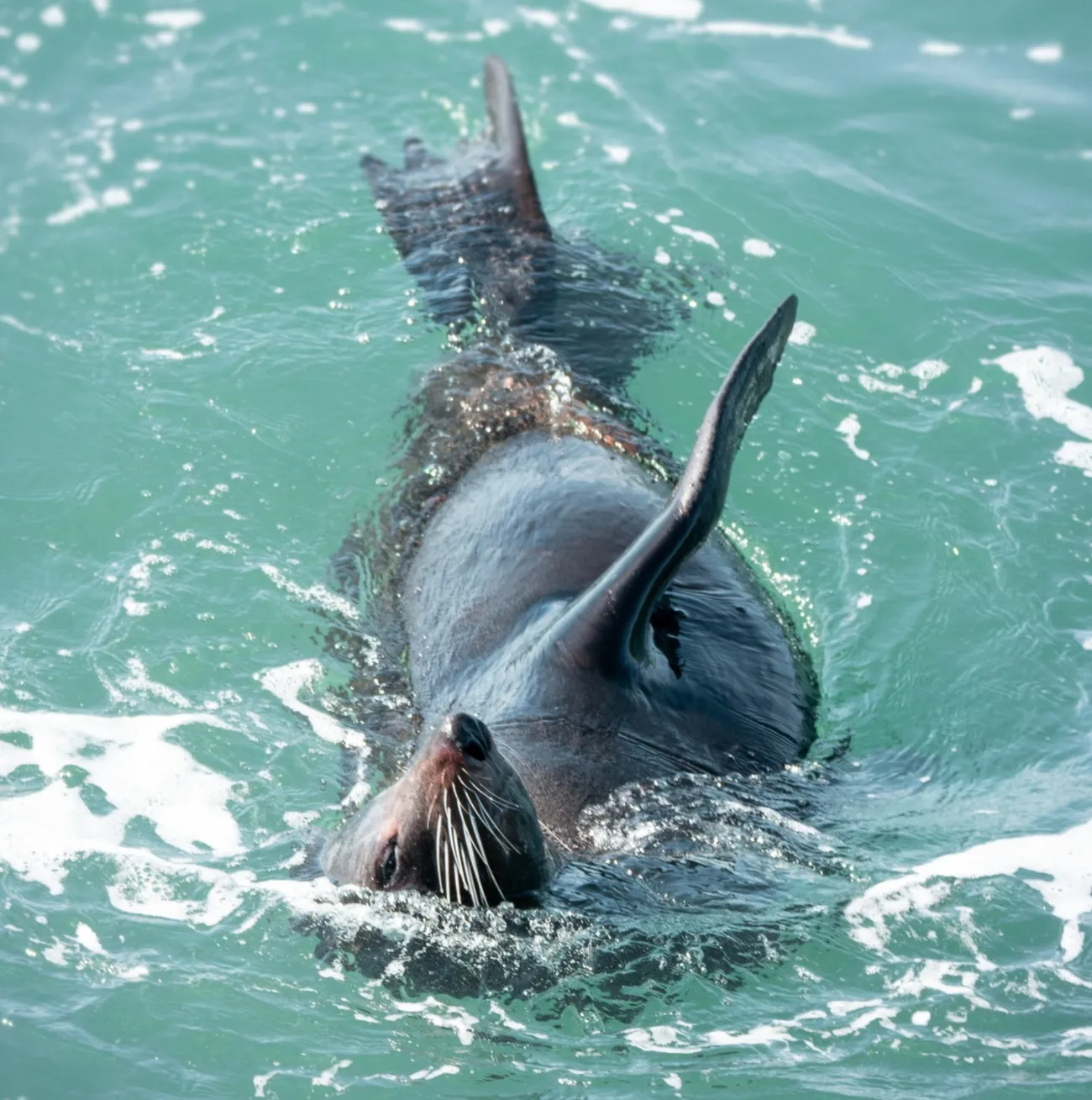
Fish Species
Marengo Reefs is home to a multitude of fish species that live in the kelp beds and soft coral areas of the sanctuary. Wrasse, morwong and perch can be seen swimming in schools, it’s like an underwater show. With many species found only on the southern coast of Australia the sanctuary is a colourful and lively place for snorkelers and divers. Many fish live in the sponge gardens and kelp forests for shelter, it’s a harmonious ecosystem where each species has a role to play in keeping the reef healthy.
Kelp Forests and Coral Gardens
The sanctuary has extensive kelp beds, particularly giant bull kelp, which is a critical habitat for marine life. The kelp forests gently sway with the current. It’s like an otherworldly landscape. Amongst the kelp, you’ll find coral gardens and reef plants that add to the sanctuaries’ biodiversity. The seaweed gardens and patches of coral, with their intricate shapes and colours, are perfect for underwater photography and essential for the ecological balance of the reef.
Other Marine Life
Beyond the seals and fish, Marengo Reefs is home to many smaller marine creatures, such as sea stars, crabs, and anemones. Rockpools along the shore are teeming with life and get up close and personal with creatures that live in the changing tides. The intertidal reef zones reveal fascinating creatures that live in the ebb and flow of the ocean, and the subtidal reefs in the deeper waters shelter octopuses and starfish. Each habitat, from the sandy channels to the deeper reefs, has a role to play in the sanctuary’s complex and vibrant ecosystem.
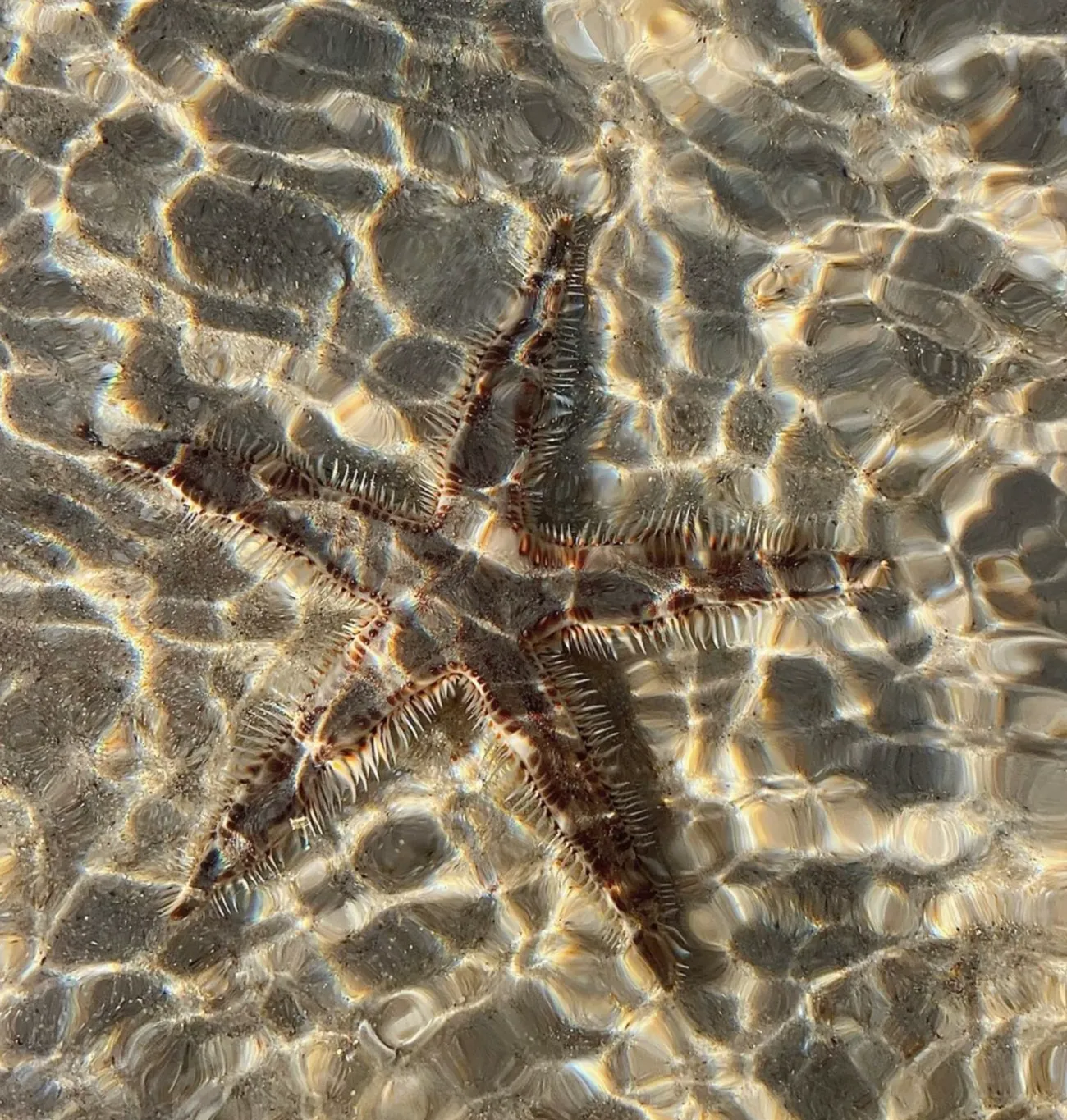
Rockpool Exploration
If you prefer to stay above water, the sanctuary’s rockpools are an immersive and interactive way to connect with nature. At low tide, the intertidal zone is exposed, and you can discover all sorts of life in each pool. Kids and adults can enjoy finding small sea creatures, colourful algae and unique plant life on the rocky beaches. A great family-friendly activity to introduce you to the marine ecosystem of Marengo Reefs and the Marine National Park.
Photography
Marengo Reefs Marine Sanctuary is a photographer’s paradise for both underwater and landscape photography. The sanctuary’s aqua water and the natural beauty of kelp beds, sponge gardens and rocky outcrops provide endless photo opportunities. Early mornings and late afternoons are the best time for photography to capture the textures and colours of the underwater world. Underwater photographers will find plenty of subjects from schools of fish swimming through kelp to seals gliding through the calm waters.
Seal Watching
Seal watching is a favourite activity for visitors to Marengo Reefs, and several boat tours depart from Apollo Bay to get up close to the seals at Hayley Point. Many tours provide educational commentary on the behaviour and diet of fur seals and their role in the marine ecosystem. The sanctuary’s seals are heaps of fun, and tours allow you to learn about these amazing animals from knowledgeable guides.
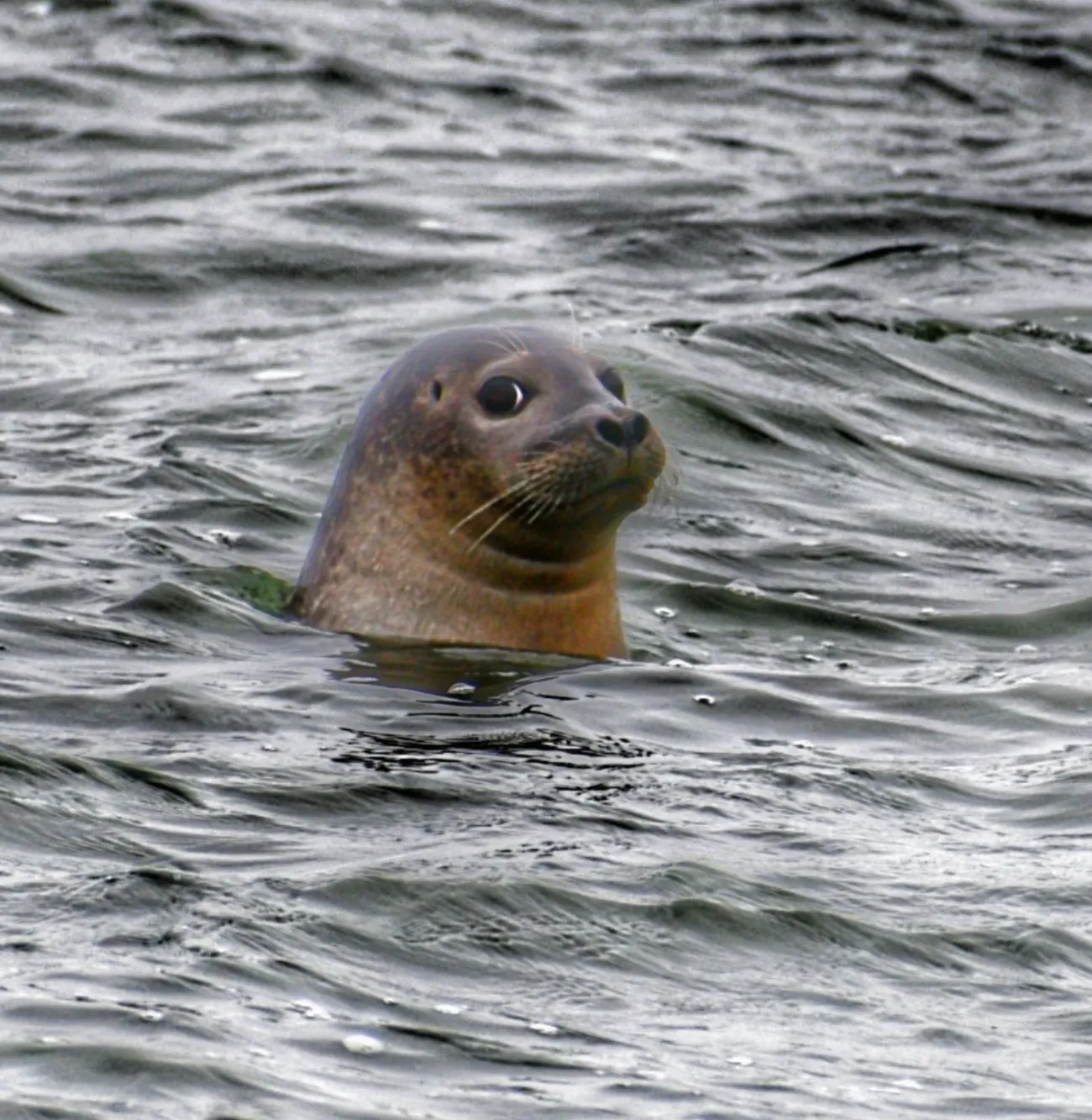
FAQ
When is the best time to visit Marengo Reefs Marine Sanctuary for snorkelling and diving?
Best time to visit is November to April when the waters are calmer and clearer for underwater activities.
Can I see Australian fur seals at Marengo Reefs Marine Sanctuary?
Yes, Marengo Reefs has a resident seal colony, which can often be seen at Hayley Point.
What marine life can I see at Marengo Reefs Marine Sanctuary?
You can see heaps of marine life including fish, sea stars, bull kelp, soft corals and seals.
Are there guided tours?
Yes, local operators offer snorkeling, diving and seal watching tours so you can visit the sanctuary safely.
Is Marengo Reefs Marine Sanctuary family-friendly?
Kids can rockpool, seal watch and learn about marine life in a safe and beautiful place.


